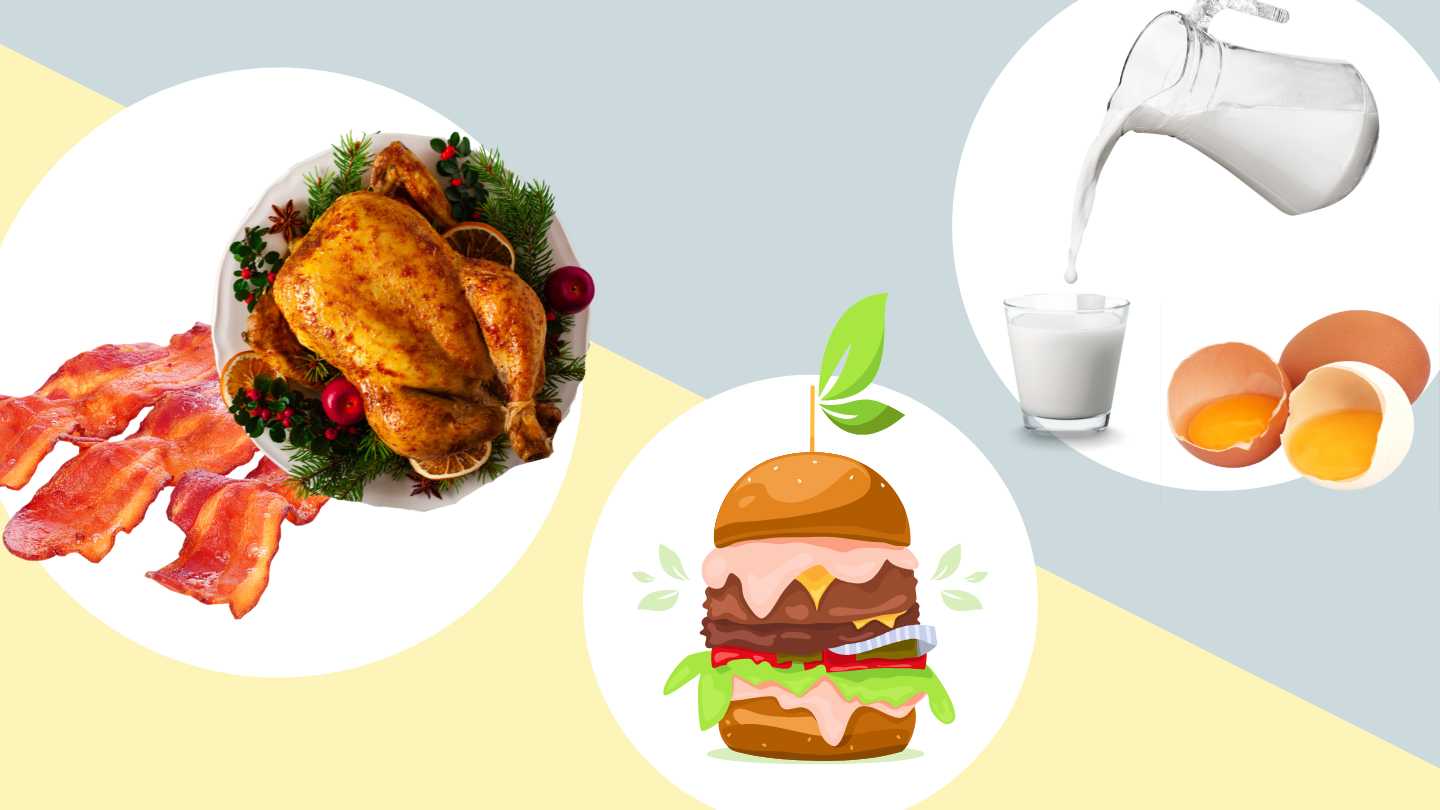What is the future of meat consumption?
More people than ever consume meat today. At the same time, the consumption of alternative proteins is steeply rising because more people than ever choose to completely cut meat from their diet! What can we make of these contradictory trends, and what will the future of livestock farming look like? In this article, we’re taking a look at global developments while highlighting one of the most important meat markets of the future: the Asian continent.


Driving the demand for animal-based protein
Whether to eat meat and animal-based protein or not is a deeply personal choice. One that is tied to taste, personal beliefs – and the size of your wallet. The correlation between a country’s GDP and meat consumption is scientifically well researched,1 especially as people enter the middle class. Millions of people worldwide are currently making that social move. Per capita, however, meat consumption in mature markets is the highest, with the U.S. topping all other countries.2
All this is to say that the demand for animal protein, while already high, is projected to grow steeply into 2030 and beyond. But the future focus of the market will most likely no longer be on the U.S. and Europe. Instead, Asia and Africa will become the driving forces of meat, milk, and egg consumption.
China: Tomorrow’s powerhouse of the food market
“China’s meat consumption alone is projected to account for 27 percent3 of the global meat market by 2025,” notes Sandra Leible, Market Insights Manager. China’s middle class is among the fastest growing in the world; since 2000, the country’s gross national income per capita has multiplied more than ten-fold. Just in May this year, China expanded its previous two-child into a three-child policy, a development that may also contribute to a rise in animal protein consumption. “When it comes to milk, China is currently experiencing supply deficiency,” shares Gerald Behrens, Head of GSM Ruminants in BIAH.
“The country is working towards ramping up its milk farming operations. At the same time, we observe a longstanding trend to consolidate swine farms to leverage greater efficiencies,” he adds. If animal health companies want to make a difference, they will have to place a strong focus on China and other growing economies in Asia and Africa.
Meat or no meat?
Yet as it looks like the trend in meat consumption currently only goes one way – up – a contradictory trend is gaining a foothold in mainstream consumerism: alternative proteins. “The alternative protein market started at a low level but is now experiencing steep growth,” Sandra notes.

„At this point, we just don’t know how much replacement of meat, dairy, and egg products with alternative proteins there will be. You can observe this trend everywhere in the world to varying degrees. However, it’s mostly a phenomenon we see in mature markets.” In the end, the choice comes down to consumer preference.
Livestock farming needs to adapt
Across the board, be they meat consumers, vegetarians, or vegans, people increasingly care about animal welfare, the ecological footprint of food, and sustainability. And animal products still play a vital role in ensuring food security worldwide. “Sustainability and animal protein consumption are often pitted as conflicting, but they can be part of the same coin,” shares Gerald.

We at Boehringer Ingelheim can play our part by helping farmers keep their cattle, chicken, and pigs healthy, thereby increasing productivity. Farmers can optimize their operations – in the U.S., cattle farmers have already started reducing their environmental footprint. While it’s yet unclear how big a role alternative proteins will play in the future consumer market, one thing is certain: The booming meat industry of tomorrow will have to listen closely to consumer demand. And that will mean that sustainability will be key.
References:
1 OECD/FAO (2021). OECD-FAO Agricultural Outlook, OECD Agriculture statistics (database)
2 Food and Agriculture Organization of the United Nations
3 Calculation based on data from OECD-FAO Agricultural Outlook 2021-2030 (p. 51 in Annex)
Related Content


